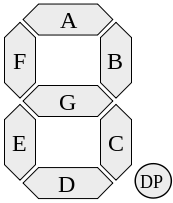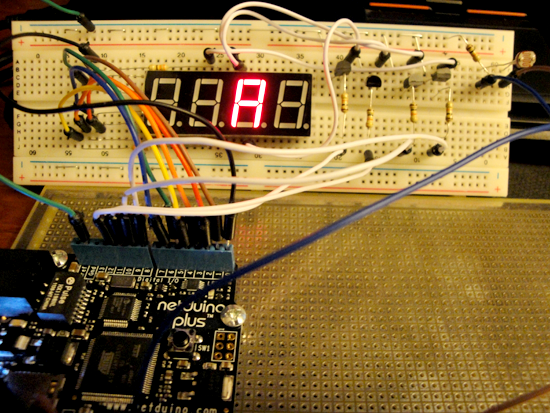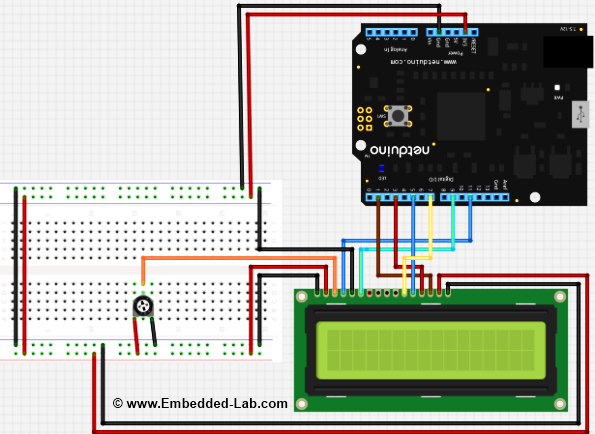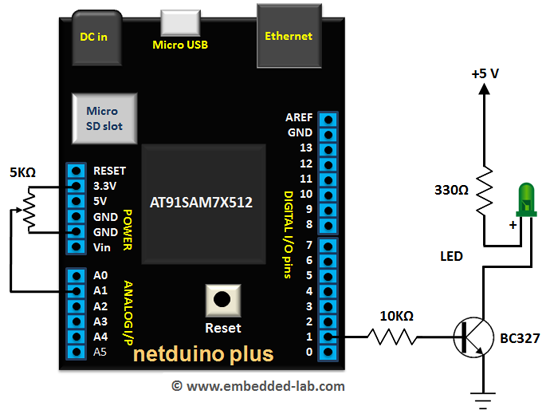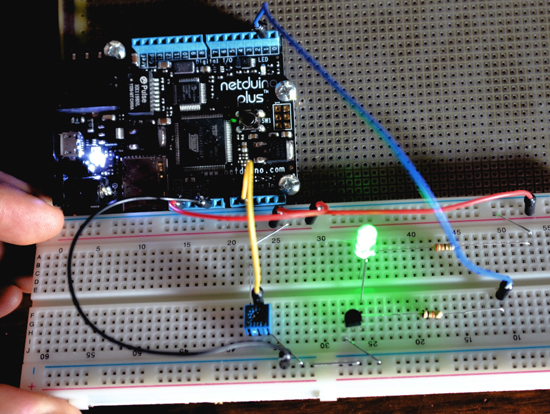There are a few things that need to be done besides simply connecting the Netduino to the computer. I will be using Netduino Plus for the tutorials however Netduino and Netduino Plus are more or less the same for our tutorials. Let’s first list all the necessary tidbits:
- Microsoft Visual Studio (C# or VB) Express 2010
- .NET Micro Framework SDK v4.1
- Netduino or Netduino Hardware
- Basics electronics board and components.
- It’s hard to list but at the minimum we will need a computer (of course), breadboard, connecting wires, LEDs, resistors, etc.
Once you have all these installed/accessed, plug your Netduino to your computer, and start your Visual Studio. When Visual Studio is started for the first time it may ask you a few things, such as the language (VB or C#) that you are comfortable with.
Visual Studio
Visual Studio (VS) that I have installed is configured for CSharp.NET so when I start a Visual Studio and try to create a new project, it automatically selects CSharp (C#) section. To create a new project, from VS go to File > New > Project, this will display a New Project file open dialog-box, as shown below. Under C# and Micro Framework, highlight Netduino Application or Netduino Plus Application and give Name, Location then click OK button. (I will be using Netduino Plus.)
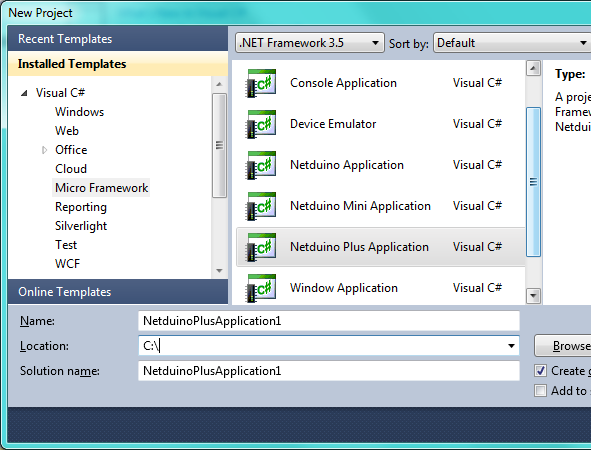
New Project dialog of VS
Read more
